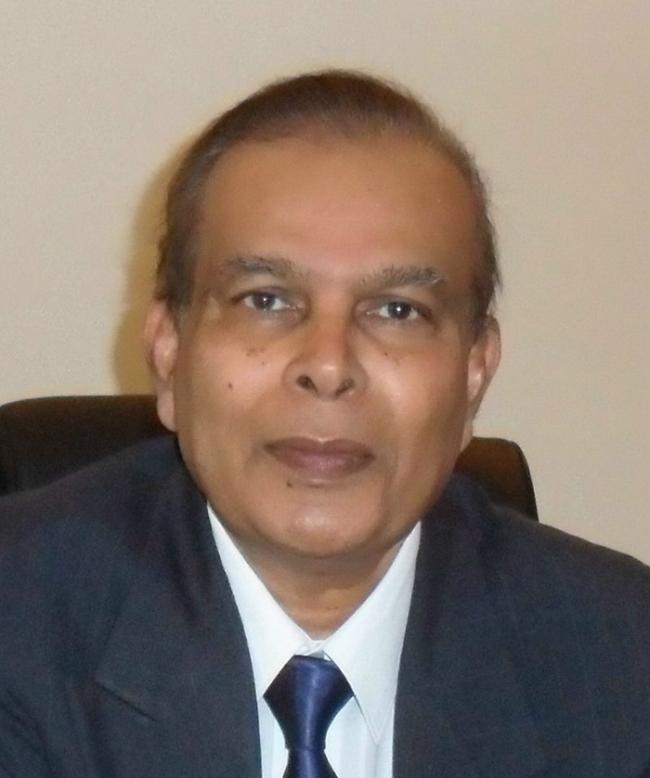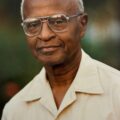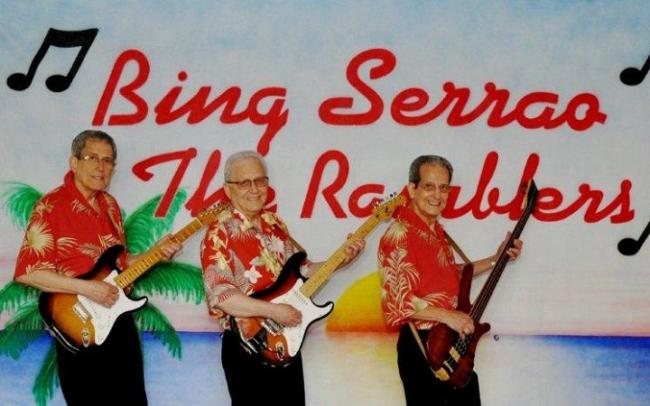Jonestown was a settlement established in Guyana in the 1970s by the Peoples Temple, a cult led by Reverend Jim Jones. Although Jonestown was originally founded as a paradise, it has since become famous for the mass murder-suicide of its residents, which occurred on November 18, 1978
Peoples Temple began as a church founded by Jim and Marceline Jones and a small group of parishioners in Indianapolis in 1955. As pastor, Jim Jones preached to a racially integrated congregation during Pentecostal based services that included healings and sermons on communism, peace movements, and class conflicts. Peoples Temple conducted food drives; opened a “free restaurant” that served thousands of meals to the city’s poor in the early 1960s; operated nursing homes; and hosted weekly television and radio programs featuring their integrated choir. The church became well known in the Indianapolis press for the members’ integration activities and for their assertions of their pastor’s gifts as a healer. The church became affiliated with the Disciples of Christ denomination in 1960.
In the summer of 1965, the Jones family and approximately one hundred Peoples Temple members relocated to Redwood Valley, a rural community eight miles north of Ukiah in Mendocino County. Peoples Temple conducted their church services and meetings in rented and borrowed spaces until they finished building their own church with a swimming pool, an animal shelter, gardens, and a community kitchen in 1969. By this time, the church’s membership had grown to three hundred.
In 1970, Jim Jones began to preach in cities throughout California. Recruiting drives in African American communities in San Francisco and Los Angeles increased Peoples Temple membership to over twenty-five hundred by 1973. Some members lived in communal housing and worked full time for Peoples Temple. Others contributed significant portions of their income and property to the church. The church’s operations included real estate management; home care facilities for seniors and youths; publishing, bookkeeping services; mail order; and maintenance of a fleet of buses to transport members to services throughout the state and across the country. Tens of thousands of people, including politicians and members of other congregations, attended Peoples Temple services between 1970 and 1977
Peoples Temple voted to establish an agricultural and rural development mission in Guyana, South America in the fall of 1973. Over the next two years, members traveled to Guyana to scout a location for the mission; establish a residence in Georgetown, the capital of Guyana; clear the land; and begin construction at the site. The building plans included farm buildings, a large communal kitchen, medical facilities, schools, dormitory style housing, small cabins, and a day care center that were all constructed around a large open-air pavilion.
By 1976, Peoples Temple had moved its headquarters from Redwood Valley to San Francisco and had become involved in citywide electoral politics. They published their own newspaper, Peoples Forum; staged rallies and events for local and national political figures; and were vocal in their support of causes such as freedom of the press, affirmative action, and gay rights. In the fall of 1976, recently elected Mayor George Moscone appointed Jim Jones to the San Francisco Housing Authority. Jones served as its chairman until he left for Guyana the following year.
In 1977, former members and relatives had organized a group called the Concerned Relatives and Citizens Committee to protest Jones’s treatment of church members. Child custody issues and living conditions in the Guyana mission, which became known as Jonestown, were at the center of the conflict between Peoples Temple and the Concerned Relatives. Both sides filed lawsuits, sought public support through the media, and appealed to government officials for protection. Media coverage of Peoples Temple practices and political activities led the government to investigate the church’s financial and social welfare programs. Peoples Temple began to close many of their businesses, sell their properties, and relocate hundreds of their members to Guyana.
In response to issues raised by the media and former members, California Congressman Leo Ryan organized a trip to Jonestown in November 1978. By this time, more than a thousand Peoples Temple members were living in Guyana. His staff, Concerned Relatives, Embassy officials, and journalists accompanied Ryan on an overnight visit to Jonestown. During their visit, seventeen Jonestown residents decided to return to the United States with Ryan. As the group boarded two small airplanes at a remote jungle airstrip, Peoples Temple members drove up on tractors and shot at them. They killed Ryan, three journalists, and a Peoples Temple member. That same day, 18 November 1978, more than nine hundred people died from cyanide poisoning in Jonestown and four other members died in Georgetown.
More than eighty Peoples Temple members survived the deaths in Guyana: people who lived through the airstrip shootings; Jonestown residents who left the community before and during the poisonings; and members who were in Georgetown and on boats. Hundreds of Peoples Temple members had remained in the U.S, many of them in California.
Immediately after the deaths, Peoples Temple members in San Francisco provided records to the government to identify the dead and immediately began the process of dissolving the organization. The assets of Peoples Temple were frozen and placed under court supervision. The court oversaw the burial of hundreds of unclaimed and unidentified bodies from Jonestown and dealt with $1.8 billion in claims that were filed against the Peoples Temple estate. Claims were filed by the Guyana and U.S. governments; people injured at the airstrip; relatives of the deceased; and people who had turned over property to Peoples Temple. In 1979 and 1980, Congress held hearings on the death of Congressman Ryan and on cult phenomenon in the U.S. By 1983, the court recovered and disbursed over $13 million in assets, which it had recovered from cash found in the U.S. and Guyana; in international accounts in Panama, Caracas, and Grenada and other countries; and from the sale of Peoples Temple properties. In June 1983, the court approved the transfer of the records of Peoples Temple to the California Historical Society.
Today, Jonestown is an abandoned ruin which is slowly being reclaimed by the jungle; most native residents in the area avoid it, and given the speed with which the jungle can reclaim human settlements, all traces of Jonestown will probably disappear entirely within 100 years of the tragic events which made it famous.
Peoples Temple, 32nd Anniversary
November 18, 2010
Photographs are complements of the California Historical Society (CHS). Written permission required for commercial use





